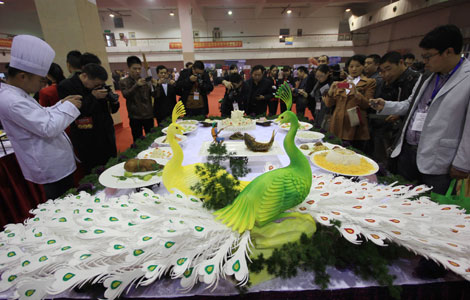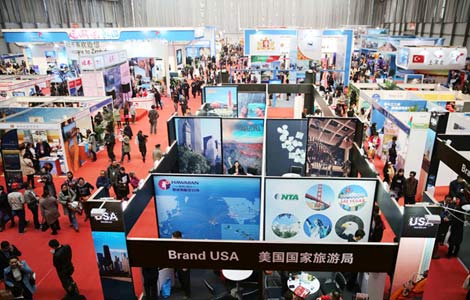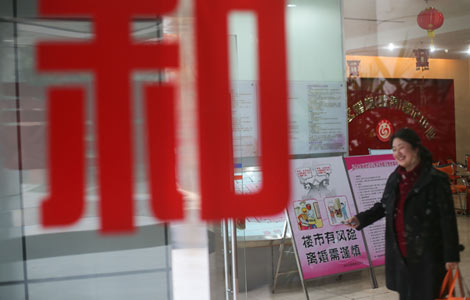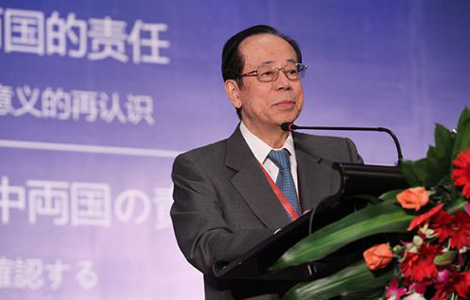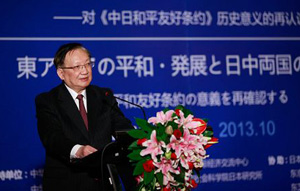Experts detail risks to growth
Updated: 2013-10-30 00:01
By BAO CHANG (China Daily)
|
||||||||
China's economy will slow after 2030, when GDP growth is estimated to be 5.5 percent, creating challenges and risks, a senior economist said on Tuesday.
Li Wei, director of the Development Research Center of the State Council, made the comments at the Fourth World Industrial and Commercial Organizations Forum, held by the China Federation of Industrial Economics.
Li forecast that economic growth would exceed 7 percent in 2014, and expansion would be stable at about that level through 2020.
"However, after 2030, China's GDP growth will slip to 5.5 percent, compared with a forecast for a 7.6 percent increase this year," said Li.
Li said that the challenges facing China include excess industrial capacity, slowing exports and real estate bubbles.
The center recently surveyed more than 4,000 companies, and it found that 71 percent considered their excess capacity to be serious or very serious.
The survey found that 67.7 percent believe the situation won't improve in the short term and that it will take three years to digest the excess capacity, assuming a favorable policy environment.
Weak demand has depressed domestic coal and steel prices in recent months.
Shenhua Group Corp Ltd, the world's largest coal distributor, said that the company's power plants are becoming more profitable than its coal division because of decreased prices for the fuel.
The State-owned coal producer and distributor plans to acquire additional small and mid-sized privately owned coal mines, which are experiencing excess capacity and weak demand, according to Meng Jian, a spokesman for the Shenhua Group.
China's coal output is expected to reach 4.63 billion metric tons this year, far in excess of forecast demand of 4.12 billion tons. Other industries including aluminum, steel, solar power, wind power and shipping, are also burdened by excess capacity.
Shen Jianguang, chief economist for China at Mizuho Securities Asia, said that excess capacity has become the main obstacle to the nation's economic revival and sustainable development.
In the third quarter, GDP grew 7.8 percent, marking a recovery from the 7.5 percent in the second quarter.
Li said that the economic rebound was being driven by rising domestic investment, since the proportion of investment in GDP still is very high.
"This year, investment will account for 55.8 percent of total GDP, a high proportion and just slightly less than the number for 2010.
"Many enterprises are striving to expand into the investment sector, leaving few resources for the original business of the companies. That can't yield sustainable development," said Li Yizhong, director of the China Federation of Industrial Economics. The real economy "shouldn't be sidelined", Li added.
Among various investment sectors, the real estate field is considered the most unpredictable when it comes to influencing the sustainable development of the economy.
"The condition of supply exceeding demand has emerged in the real estate market in the third- and fourth-tier cities, and prices reflect a decrease of 30 to 40 percent in those cities," Li at the DRC said.
"It's certain that real estate bubbles do exist in large cities in China, and the trend is still developing," said Li.
In addition, China's exports also are going through tough times. China's advantage in terms of export prices has been undermined by the stronger yuan, Li said.
In the first three quarters, exports totaled 10.06 trillion yuan ($1.65 trillion), up 8 percent from a year earlier, according to the Ministry of Commerce.
baochang@chinadaily.com.cn
Most Viewed
Editor's Picks
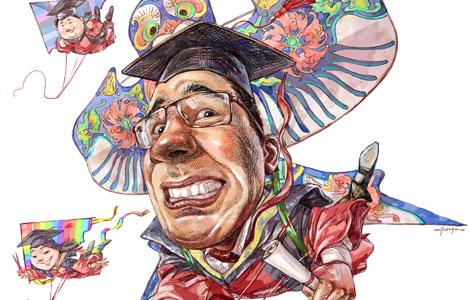
|

|

|

|

|
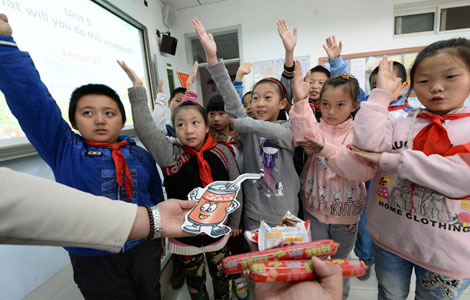
|
Today's Top News
NSA denies reports on US spying in Europe
Think tank report focuses on new reforms
US approves chemical probes against China
UN urges end of US embargo on Cuba
SUNY recruits students in China
China and the US can learn from each other
Experts detail risks to growth
IMAX: Coming to a home near you
US Weekly

|

|

